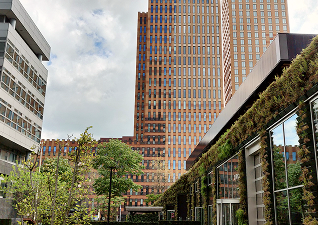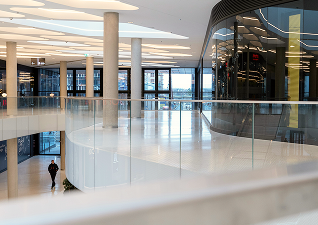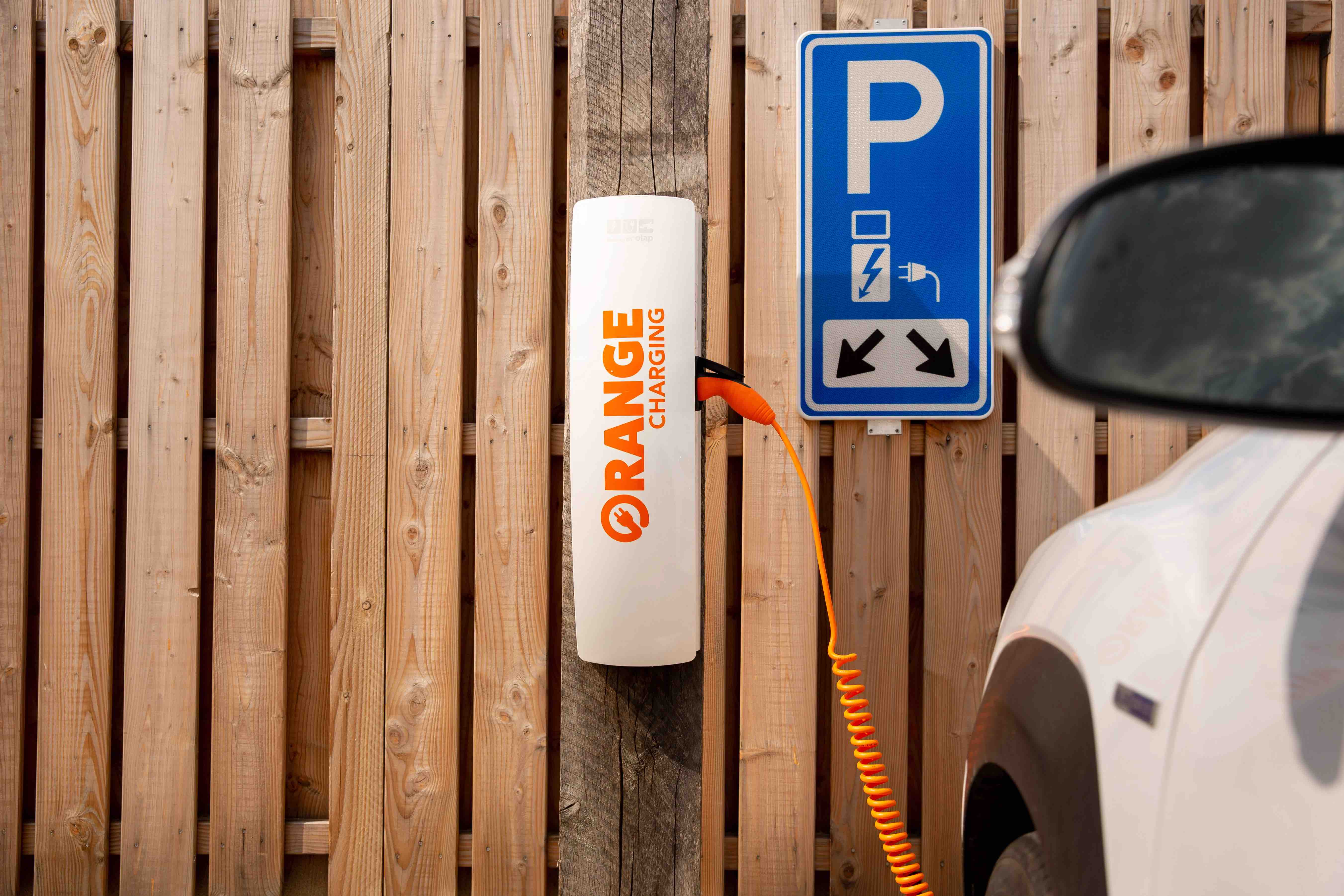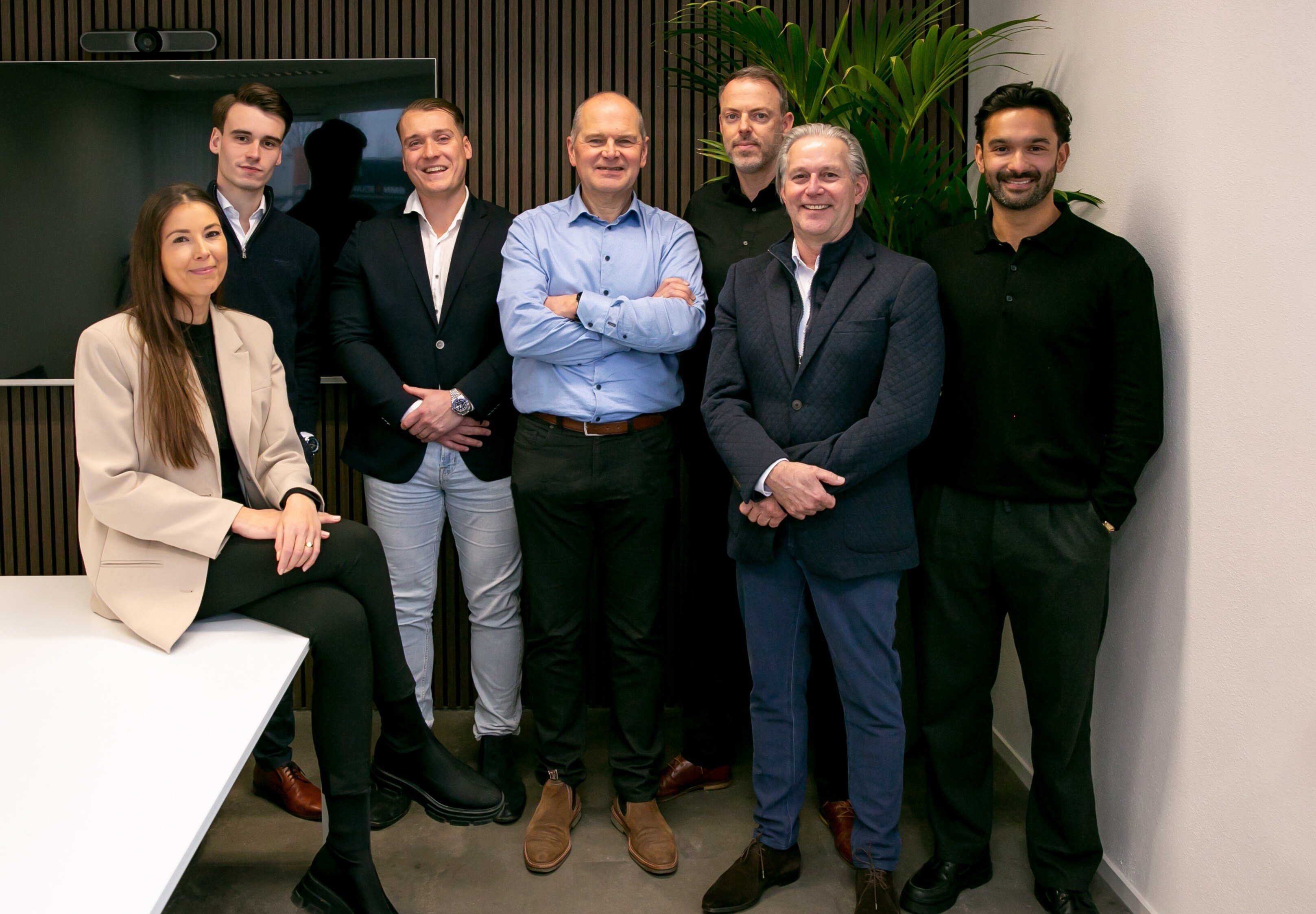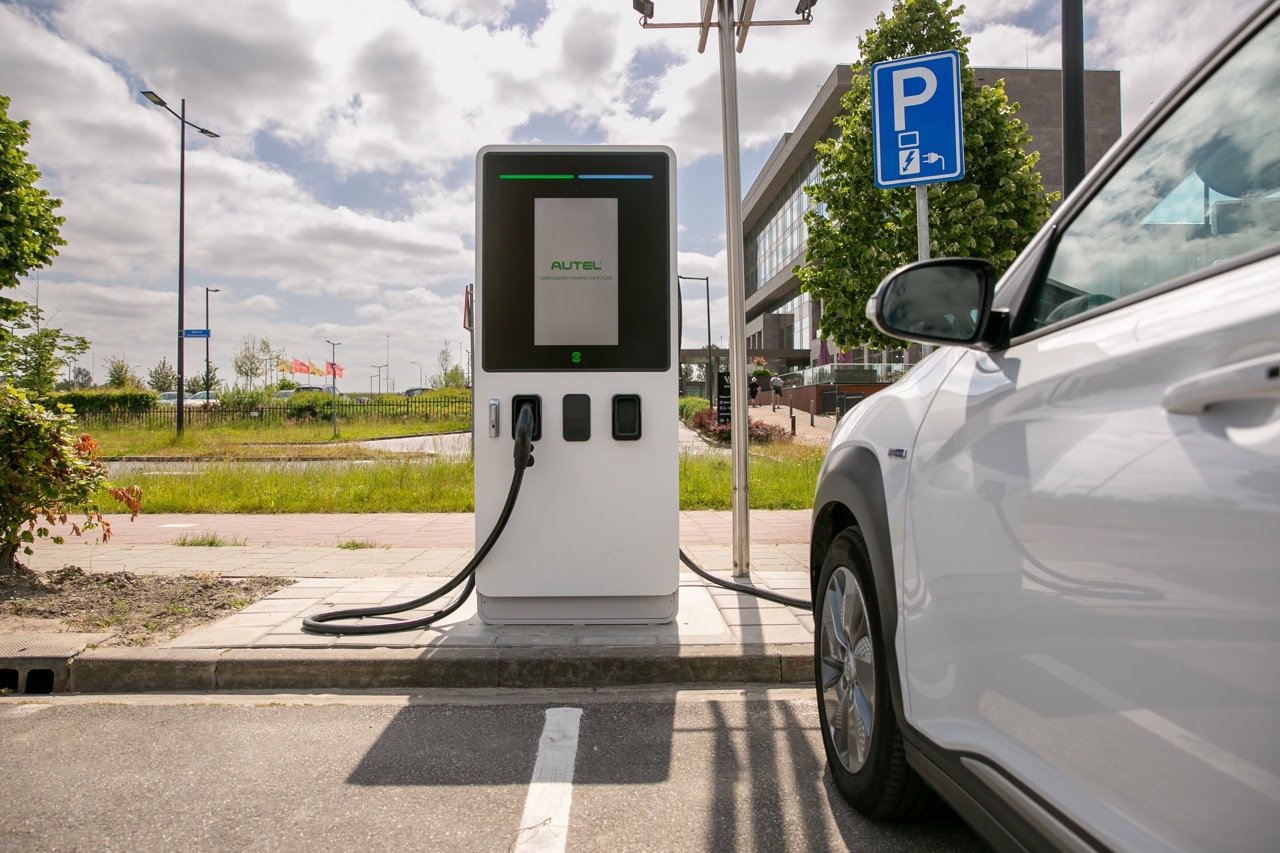Will Dutch roads be fossil-free by 2050?
Currently, only 5% of cars on Dutch roads run on electricity. A new study by ElaadNL reveals a surprising forecast for 2050. Based on data and insights from experts, the industry association predicts a slowdown in growth until 2030, followed by a significant acceleration after 2030. In other words, a green future for electric cars. What does this future look like according to ElaadNL? You can read about it below.
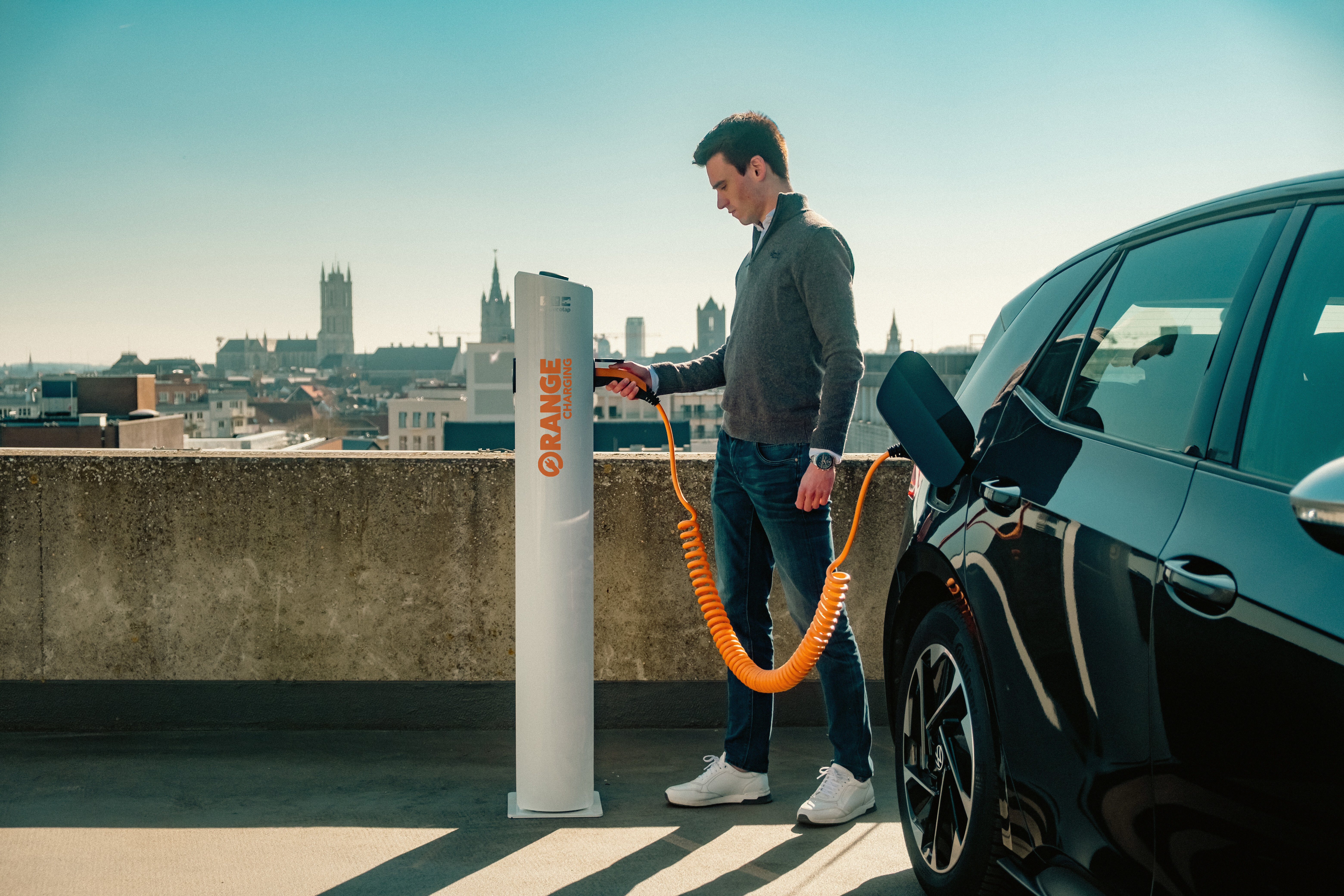
Acceleration expected after 2030
Recent research by ElaadNL Foundation sheds light on the outlook until 2050. Until 2030, growth in the number of electric passenger cars seems limited, hampered by declining subsidies and a lack of affordable models. However, the situation changes dramatically after 2030. Thanks to European emissions standards, low-cost models and cheaper batteries, a sharp increase is predicted. By 2044, there would be 10 million fully electric cars on Dutch roads, with a need for some 4.3 million charging points. By 2050, all cars will have battery packs.
Charging infrastructure and grid load
An interesting twist is the impact of these vehicles on the energy grid. The report emphasizes the need for "grid-aware charging" to avoid grid congestion. With the emergence of new tools such as an interactive dashboard and a 'charging profile generator,' the impact of your power usage is made transparent at the neighborhood and grid level. This way, as a user, you know how much power you are using and especially when it is best to use power or feed it back to relieve the grid.
Three scenarios for growth
The study outlines three growth scenarios for fleet electrification: low, medium, high. Forecasts vary, but the trend is abundantly clear: faster-than-expected growth, with a limited role for hydrogen cars. Electric cars will become the norm within a few years.
What does this mean for you as a fleet manager or facility manager? With a marked increase in the number of electric cars on the horizon, it's important that you have the right foundation to quickly scale up the number of charging stations. If you invest in one or two charging stations today, you can expect to need to expand that number within a few years. The biggest cost in an expansion is the laying of cabling and digging and paving. Avoid duplicate costs by laying enough cables today for tomorrow.
But the necessary transition from fossil fuels to clean alternatives is currently moving too slowly. For this reason, we are committed to giving everyone the means to drive electric. We do this with charging and energy solutions in a hassle-free subscription form. You make the switch to zero emissions, we take care of the rest.
